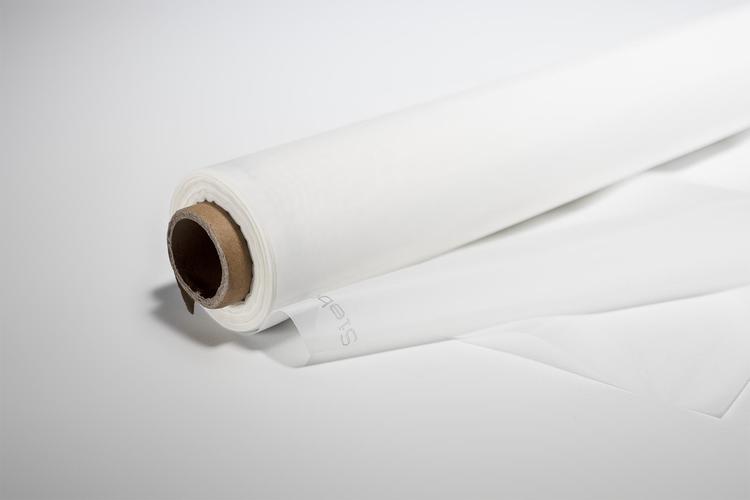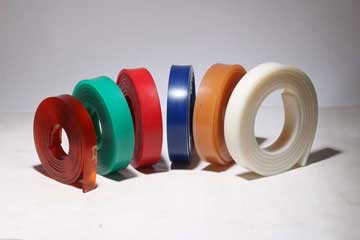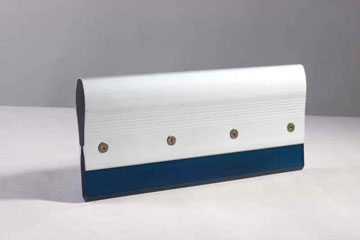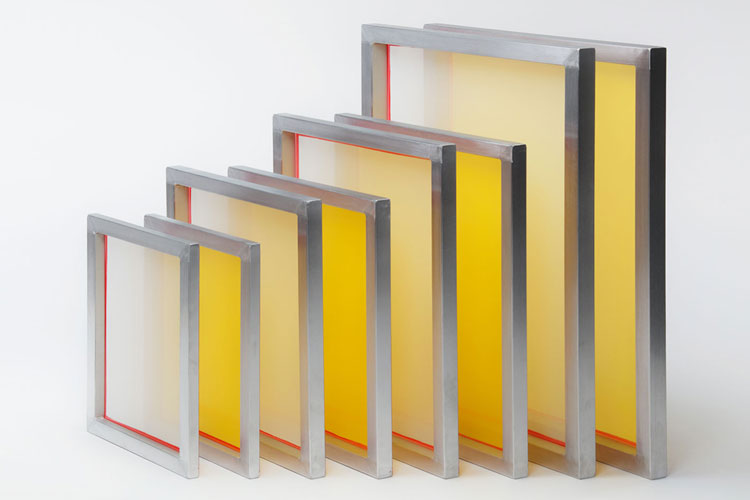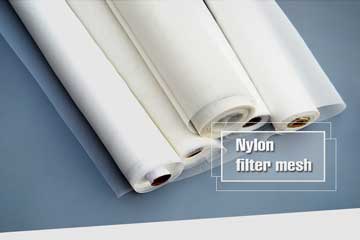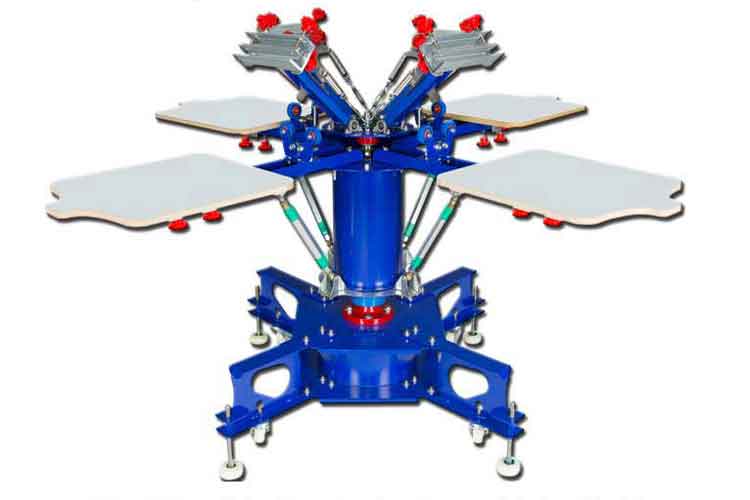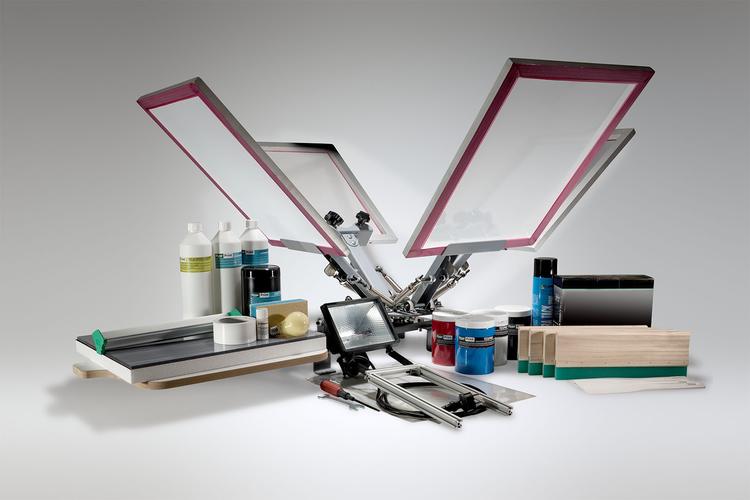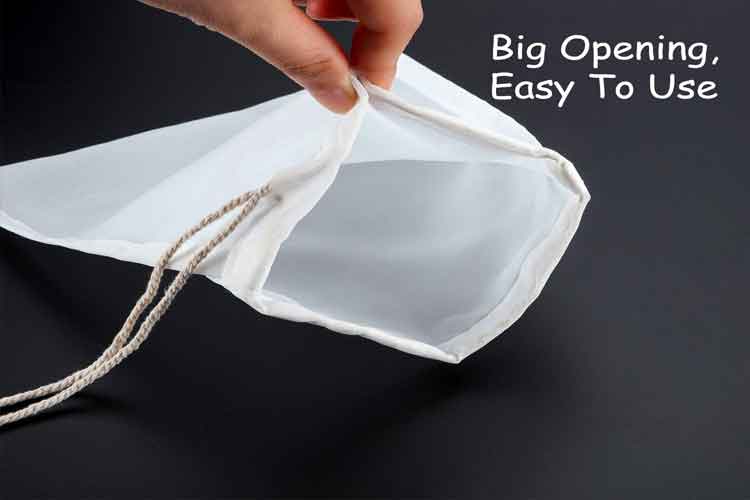The right mesh count can go a long way towards producing the results you’re after.
With that in mind, were providing a primer to help you better understand mesh count and know where to start when trying ou different mesh counts for different types of prints. Screen Mesh Count Basics Understanding screen mesh count begins with understandWith that in mind, we’re providing a primer to help you better understand mesh count and know where to start when trying ou different mesh counts for different types of prints.
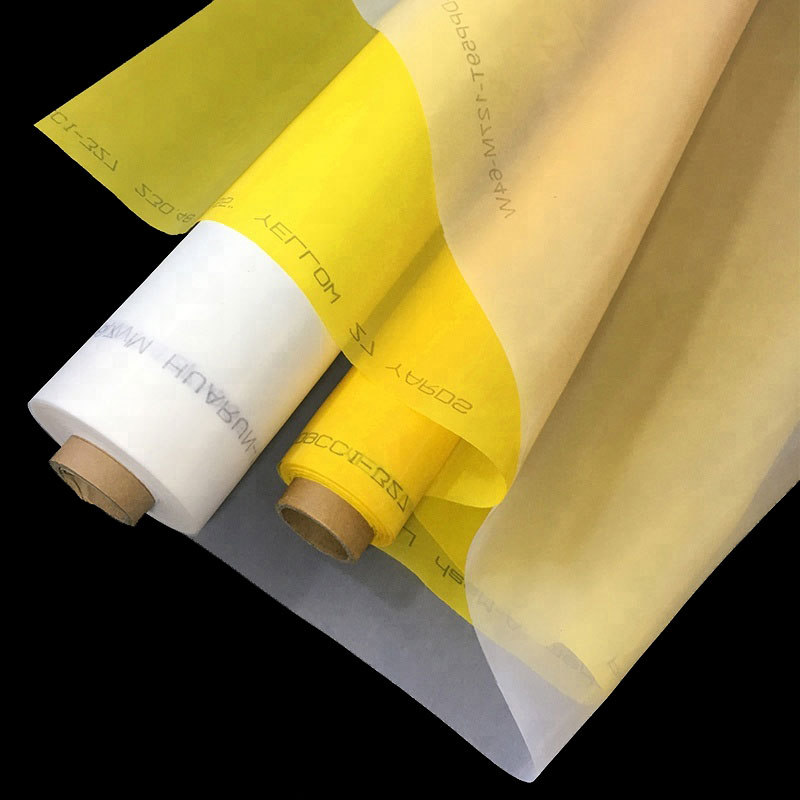
Screen Mesh Count Basics
Understanding screen mesh count begins with understanding what the count means. The mesh count indicates how many fibers there are in one square inch of the screen, so a 160 mesh count screen has 160 fibers in one square inch of the screen. Lower mesh count screens have larger openings that allow more ink to flow through, while higher mesh count screens allow for finer details in your printing but with less of a coating of ink.
Knowing Which Mesh Count to Use
Experience will help you determine which mesh counts you prefer to use on individual projects, but there are some guidelines that will help you get started with using different mesh counts.
• 25 to 40 mesh count screens are ideal for glitter or shimmer inks, as these inks contain particles that can’t pass through finer mesh.
• 60 mesh count allows for a heavy ink deposit. It’s often used for block numbers and letters on athletic jerseys
• 80 to 86 mesh count is often used when making heat transfers, printing heavy underbases and when using some specialty inks, such as puff ink.
• 110 to 160 mesh count screens are the most versatile and the most commonly used in screen printing. Screens on the lower end of the mesh count spectrum put down heavier ink deposits and are ideal for printing underbases or printing bold colors on dark fabrics. At the higher end of the mesh count spectrum, you can print a more detailed image while maintaining a fair ink deposit.
• 180 to 200 mesh counts are perfect for printing somewhat detailed images in light inks on dark fabrics.
• 230 to 280 mesh count screens will deliver detailed prints with a softer hand feel; however, because they allow for lighter ink deposits, prints created with these fine screens won’t be as bright or vivid.
Other Considerations When Choosing a Screen Mesh Count
When you’re experimenting with different mesh counts in your screen printing, there are some other considerations to bear in mind. First, screens of different densities will hold varying amounts of emulsion, with lower mesh counts holding more. That means that when you’re using a lower mesh count screen, you’ll have to expose your screens longer to allow the emulsion to properly set.
Also, if you’re printing with water-based inks, the ink will dry out faster on finer screens. To combine that, you might want to add a retarder to your water-based ink to keep the ink transferring and your job moving.
While there are guidelines for which screen mesh counts are best suited to which jobs, the decision of which mesh count to use ultimately lies with you. Through experience and experimentation with using different screen densities, you’ll find which screens give you the results you want when dealing with different types of projects.
Pre:Selecting Proper Mesh Count in Screen Printing
Next:25 Micron Silk Screen Silk Screen Printing Mesh With First Class Monofilament
Tags:
